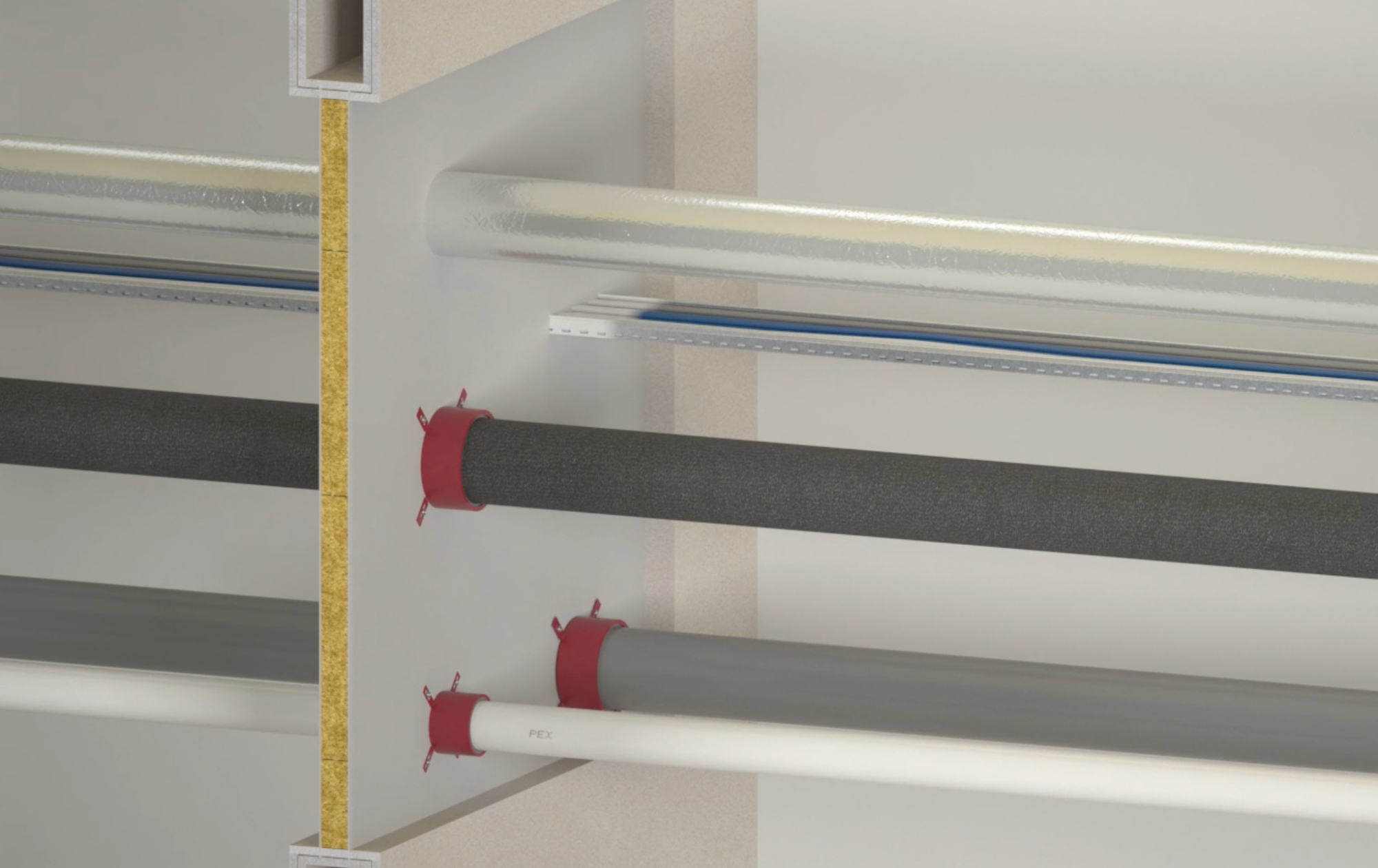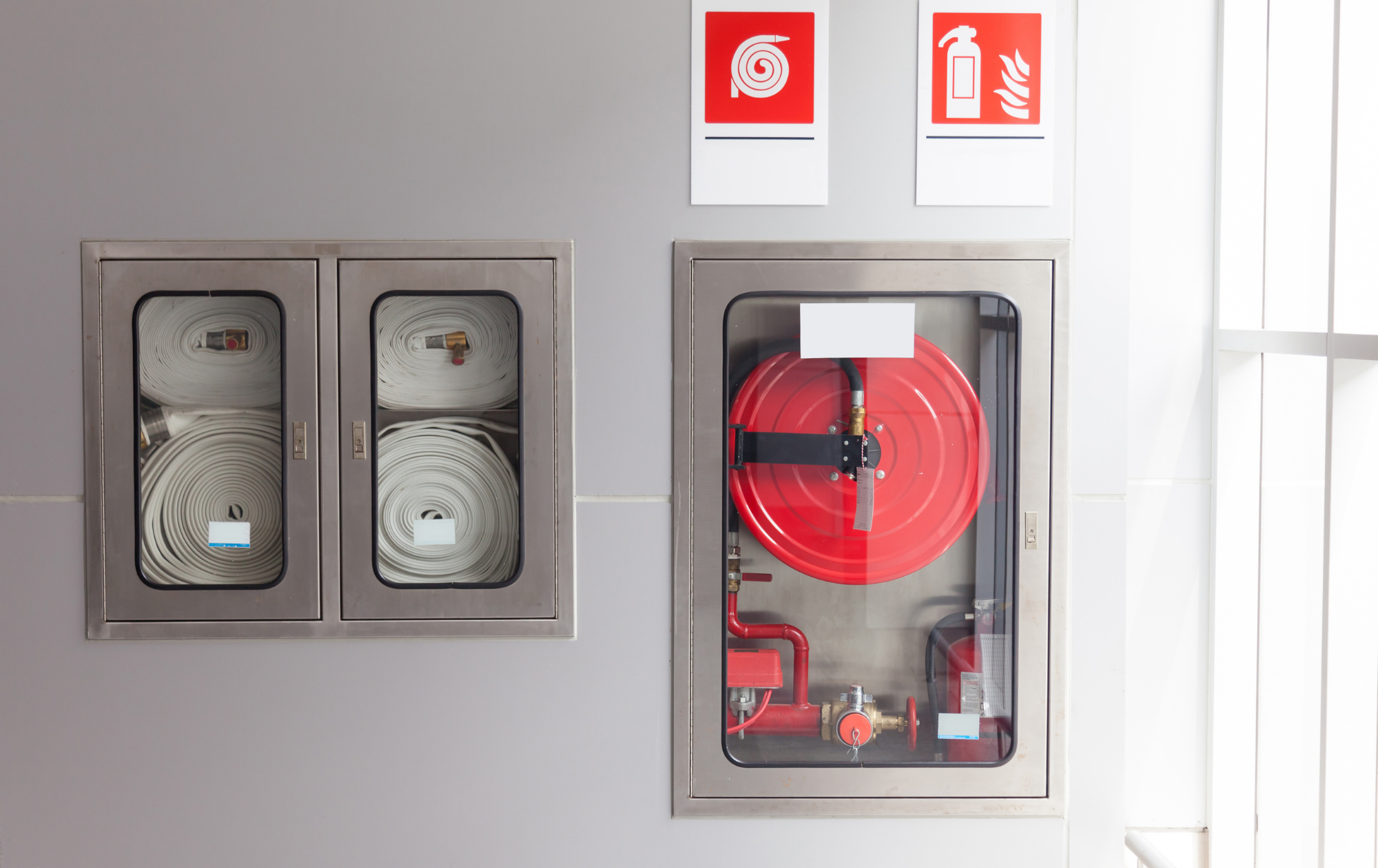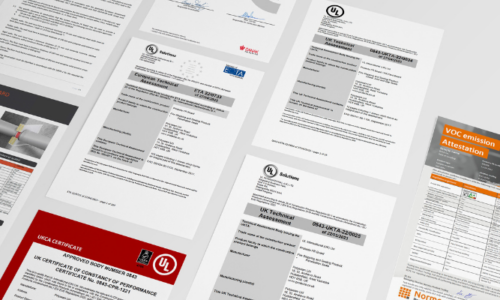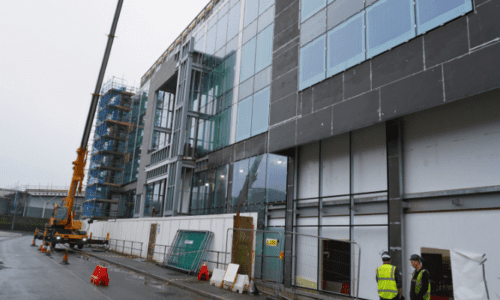Understanding the Vital Difference Between Active and Passive Fire Protection
Passive Fire Protection: The Unseen Guardian
Passive fire protection is a term that describes structural measures implemented to reduce the risk of fire damage, safeguarding both occupants' safety and mitigating financial and reputational losses stemming from building damage.
Passive fire protection systems work in various ways to minimise fire damage, including compartmentation—dividing buildings into manageable spaces to limit the spread of flames and smoke —and reinforcing load-bearing structural elements to withstand fire damage for an extended period. This extended time frame allows for safe building evacuation.
Examples of passive fire protection measures include:
1. Intumescent Fireproofing: This involves applying a protective coating to structural steel, like Protecta Steel Paint FR-1. When exposed to high temperatures, this coating expands, forming an additional layer around steel elements, extending their ability to withstand heat without compromising structural integrity.
2. Compartmentation: Fire-resistant barriers and partitions are erected to contain fire and smoke, like Protecta FR Board, safeguarding structural integrity and escape routes.
3. Fire Doors: Fire doors provide a clear means of escape and are reinforced with intumescent strips or cold smoke seals to prevent the passage of smoke.
4. Fire Stopping: This practice involves inspecting compartment walls and floors, joints, pipes, and ducts for non-compliant gaps or openings, and rectifying them with fire-resistant materials. Protecta provide an entire range of tested solutions including FR Acrylic, FR Collars, FR Service Transits, FR Coating and more.

Active Fire Protection: On the Front Lines
Active fire protection is a term often used to describe the tangible products and measures most commonly associated with fire safety. These systems are readily visible in most buildings, making them a prominent presence in the realm of fire protection.
The primary categories of active fire protection measures include:
1. Detection: This category encompasses products designed to detect heat, smoke, and flames, or to alert building occupants to the presence of a fire. Smoke detectors and fire alarms are prime examples of this.
2. Suppression: Fire suppression systems can be activated or operated by trained professionals to extinguish flames. Utilising water, foam, or inert gases, these systems range from sprinklers to fire hoses and extinguishers.
3. Ventilation and Evacuation: Many buildings employ products such as automatic vents and fans to clear smoke from corridors and stairwells, facilitating the safe evacuation of occupants and aiding firefighters. Additionally, emergency escape lighting and intercom systems play a vital role in ensuring swift evacuation during a fire.
What these active measures have in common is their responsiveness to action or motion. For example, fire alarms must be "activated" to draw attention to a fire, and fire extinguishers require active use to combat a fire. Fire sprinkler systems are often automatically activated to suppress a fire.

The Key Differences Between Passive Fire Protection And Active Fire Protection
Active systems detect and suppress flames, while passive systems focus on impeding the spread of fire and minimising structural damage. Secondly, "passive" protection measures do not require human intervention post-installation, while "active" measures often rely on human action or intervention to suppress a fire.
Both active and passive fire protection systems are vital and work independently, but their effectiveness hinges on meticulous maintenance. Neglecting these systems can lead to dire consequences in the event of a fire. For any construction project, involving fire protection experts from the outset is strongly advised to ensure the prompt implementation of preventative measures.



